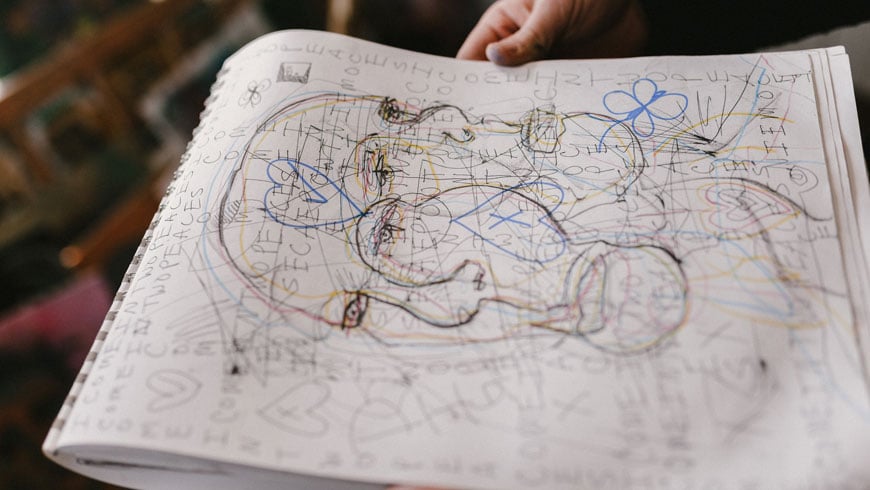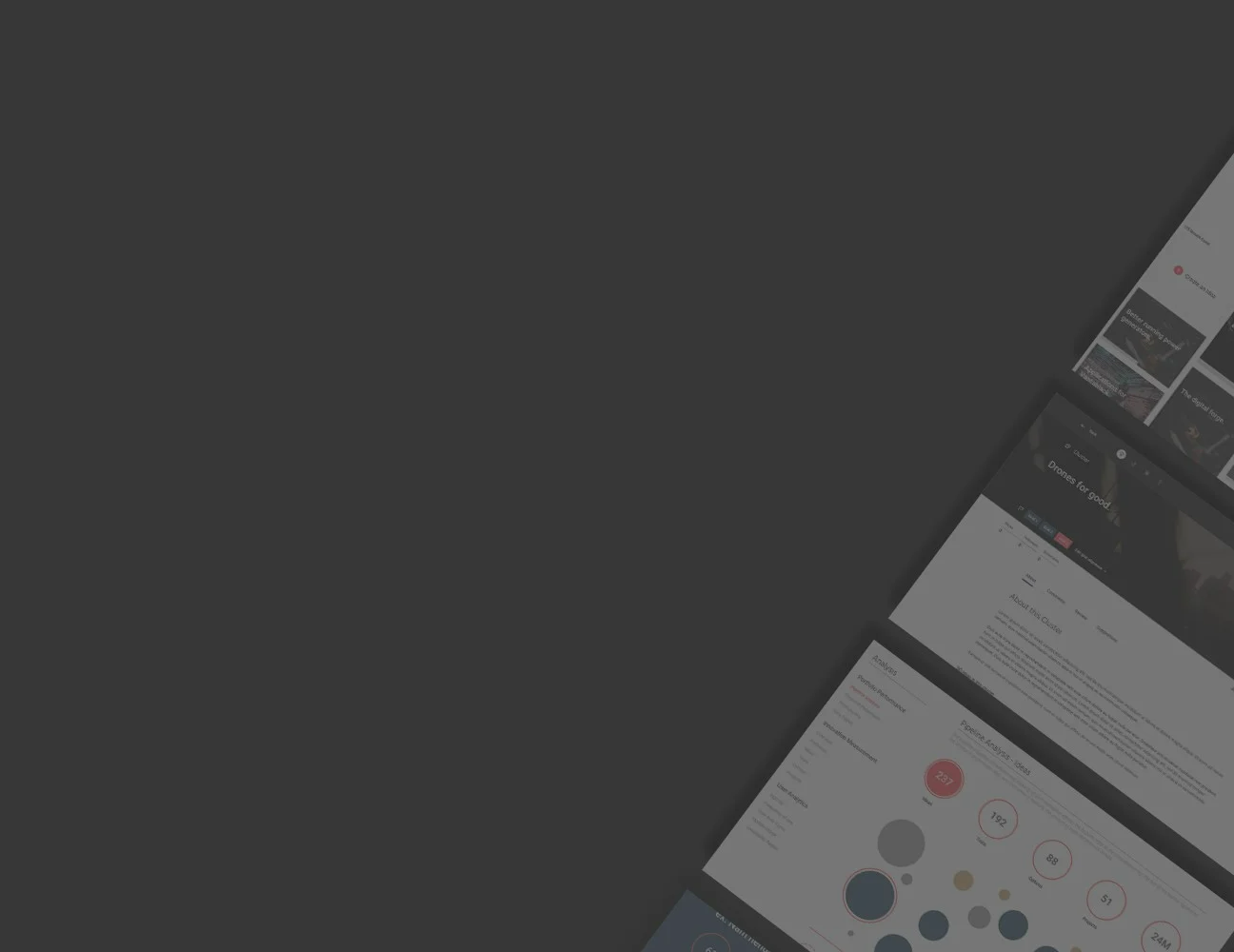
IDEO founder David Kelley says, “it's a big mass of looping back to different places in the process,” but how can the methodology be applied to business innovation?
Design thinking is an approach for creative problem-solving that emphasises human centred research and learning. As such, it lends itself extremely well to customer-focused organisations. It is not particularly new, having its origins in creativity techniques developed in the 1950s, but it has recently found new prominence as a tool for innovation, particularly when dealing with complex, multi-faceted problems.
The design thinking process includes a number of discrete stages, but is not linear. Rather, it is iterative, as researchers learn from testing, loop back and adjust their thinking until they reach the desired result. It emphasises the importance of this continuous research and evaluation to inform the design process, and that testing is always more about learning from users, rather than testing the success of a specific idea.
Many different researchers and thinkers have been involved in the development of design thinking: however David Kelley of IDEO is often credited with adapting it for business purposes.
Exploration and empathy
The first stage of the process is to define the problem to be solved. This might seem simple on the surface, but by taking a deep dive into the problem area, it can often turn out that the real problem is not the one originally stated. Design Thinking emphasises the value of ethnographic, face-to-face research and empathy, aiming to understand the target audience through observation and immersion.
At this stage, there is an iterative loop between the problem statement or question, and the research and inspiration gathered about the area. As the team explores and understands more about the problem area, so the problem statement will be tweaked, refined or in some cases reframed completely.
For example, Professor Carlo Ratti's project to cut wasted energy used to heat part-empty office buildings shifted its question from 'How can we keep buildings warm efficiently?' to 'How can we keep people warm when they are at work?', which changed the focus of the project.
Ideation and Prototyping
Once the problem statement or question has been defined, the second stage of the process focuses on generating ideas for solutions, and crucially, prototyping the ones that seem most promising. A variety of creativity tools and techniques can be used to generate ideas that go beyond the obvious.
Prototyping should be as rapid and low-cost as possible, creating the minimum solution to gather feedback. The process of prototyping can help to refine and tweak ideas, or eliminate some altogether, even before testing in the third stage.
Testing, Learning, Refining
In the final stage, idea prototypes are tested with stakeholders in order to gather information, learn more about the problem, and continue to experiment.
One of the strengths of the design thinking approach is that feedback gathered at any stage can be used to loop back through the process as far as necessary – for example, the knowledge gathered in the testing process may lead to further changes to the problem statement. This means that projects are less likely to end up stuck on the wrong path because crucial information was discovered too late, as might happen in a standard linear approach.
Some further reading:
- IDEO
- Why Design Thinking Works – Harvard Business Review
- Design Thinking – Tim Brown
- Design Thinking is fundamentally conservative and preserves the status quo – Harvard Business Review
Photo credit: Matthew Addington






